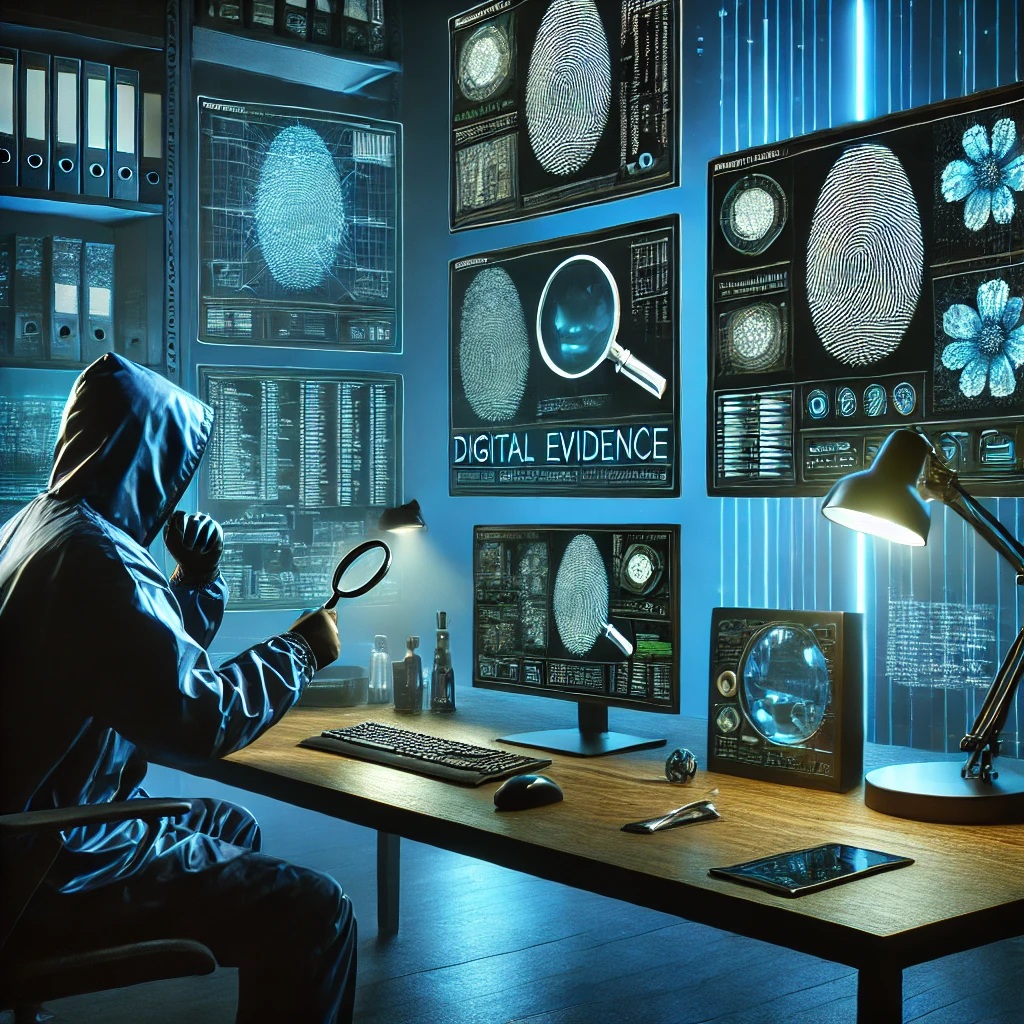Digital forensic investigations rely on cutting-edge technologies to extract, analyze, and interpret evidence. One such advancement is DARS (Digital Analysis and Reconstruction System), which integrates computer forensics and photogrammetry to enhance digital investigations. This article explores the significance of DARS in forensic science, its applications, and how it improves evidence analysis.
What is DARS in Forensics?
DARS is a sophisticated system designed to process and analyze digital evidence effectively. By utilizing computer forensics, investigators can retrieve, preserve, and interpret electronic data from various digital sources. Additionally, the incorporation of photogrammetry allows for accurate 3D reconstruction of crime scenes, providing a comprehensive view of the incident.
The Role of Computer Forensics in DARS
Data Recovery and Analysis
Computer forensics plays a crucial role in DARS by facilitating the extraction of crucial data from electronic devices. This includes:
- Hard drives and solid-state drives (SSDs)
- Mobile devices and tablets
- Cloud storage and remote servers
- Social media and communication logs
Forensic experts use specialized tools to recover deleted, encrypted, or hidden files, ensuring that no critical information is overlooked.
Digital Evidence Preservation
Maintaining the integrity of digital evidence is essential in forensic investigations. DARS integrates forensic methodologies to ensure:
- Proper documentation of data sources
- Secure storage and chain-of-custody tracking
- Prevention of data tampering
By following strict forensic protocols, investigators can uphold the authenticity and reliability of collected evidence.
Photogrammetry: Enhancing Scene Reconstruction
Creating 3D Crime Scene Models
One of the most significant advancements in forensic investigations is photogrammetry, which enables the creation of detailed 3D models of crime scenes. Using high-resolution images captured from various angles, investigators can:
- Reconstruct accident or crime scenes with precision
- Measure distances and spatial relationships accurately
- Provide virtual walkthroughs for legal proceedings
Improving Case Analysis
Photogrammetry enhances the understanding of forensic evidence by:
- Offering a visual representation of incidents
- Assisting in bullet trajectory and impact analysis
- Reconstructing vehicle collisions and structural damages
The integration of photogrammetry within DARS helps forensic experts analyze evidence with a higher degree of accuracy and reliability.
Advantages of Using DARS in Forensic Investigations
DARS enhances forensic analysis by combining computer forensics and photogrammetry into a seamless investigative framework. Some of its key benefits include:
- Improved Accuracy – Enhanced data analysis and evidence visualization
- Time Efficiency – Faster processing and retrieval of critical information
- Stronger Legal Cases – Clear and precise presentation of evidence in court
- Comprehensive Investigation Approach – Integration of multiple forensic techniques for a holistic analysis
Conclusion
DARS has revolutionized forensic investigations by leveraging the power of forensics computer and photogrammetry. From recovering crucial digital evidence to reconstructing crime scenes with high precision, DARS plays a pivotal role in modern forensic science. As technology continues to evolve, the adoption of advanced forensic tools like DARS will become even more essential in solving complex cases efficiently.
Frequently Asked Questions (FAQs)
1. What does DARS stand for in forensics?
DARS stands for Digital Analysis and Reconstruction System, a tool that integrates computer forensics and photogrammetry to enhance forensic investigations.
2. How does computer forensics contribute to DARS?
Computer forensics helps in extracting, analyzing, and preserving digital evidence from various electronic devices, ensuring the integrity and authenticity of data.
3. Why is photogrammetry important in forensic science?
Photogrammetry allows investigators to create accurate 3D reconstructions of crime scenes, aiding in evidence analysis and case presentation.
4. What are the benefits of using DARS in forensic investigations?
DARS enhances accuracy, improves time efficiency, strengthens legal cases, and provides a comprehensive approach to forensic analysis.
5. How does DARS help in legal proceedings?
By providing clear digital evidence and detailed 3D reconstructions, DARS supports law enforcement and legal professionals in presenting reliable forensic findings in court.
For more information on DARS in forensic investigations, visit Daetech Systems.
